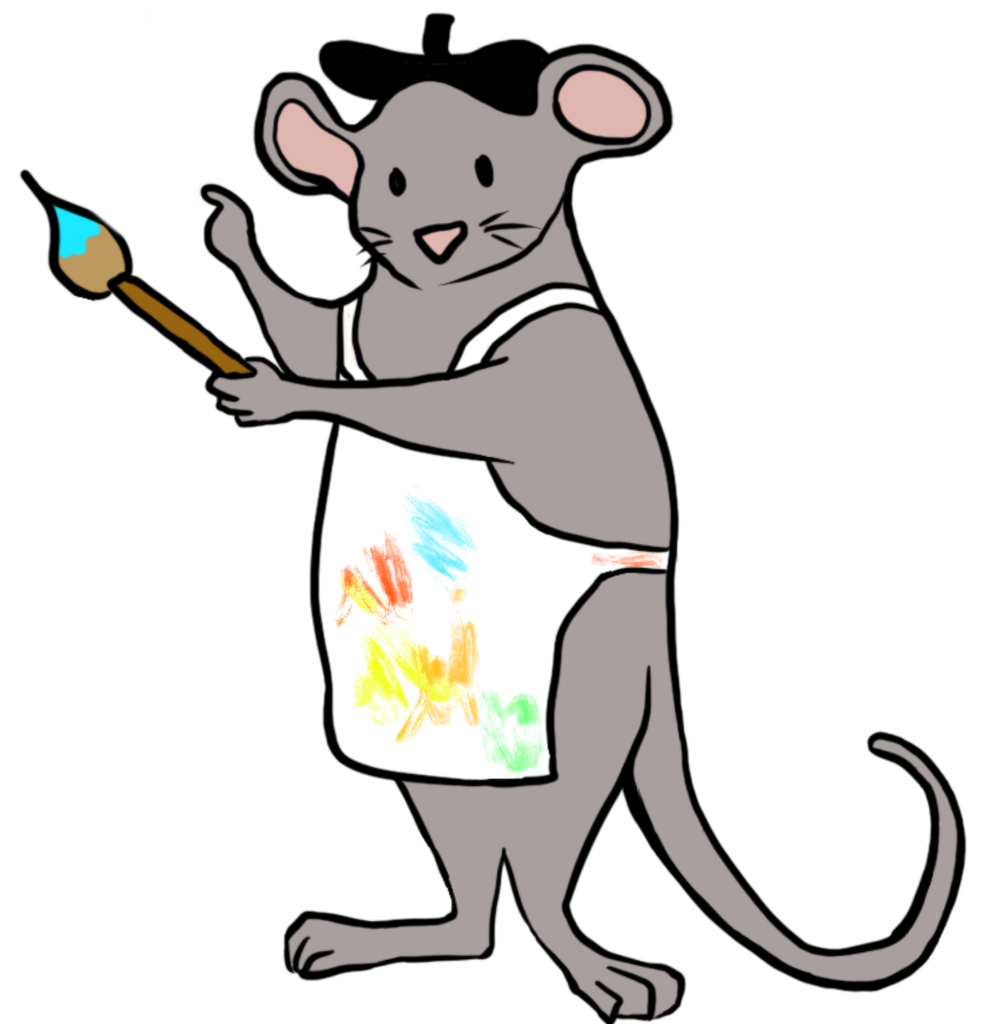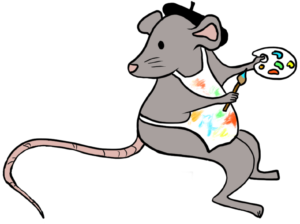Part 1: The Mission
1.1 Purpose of Communication
Learning Objectives
- To explain the importance of identifying a clear and specific purpose for science and risk communication.
- To describe the most common purposes for science and risk communication.

Too often a science or risk communication program or product is treated as an end unto itself. It is something that must be done to appease funders, stakeholders, decision-makers, and the public. This attitude represents a fundamental misunderstanding of the purpose and practice of communication, and almost invariably dooms any ensuing effort to being ineffective and inefficient. The truth of the matter is that communication is a tool — a means to achieve an end — therefore the communicator must clearly identify what that end should be. In other words, think of communication like a car — it is a vehicle to get to where you want to go. Identifying the purpose of your communication is like deciding on your destination. It is vitally important that this purpose be clearly and specifically identified from the outset, otherwise you are liable to waste time and money driving aimlessly around the communication landscape and without ever getting where you need to go.
The following represent some of the main purposes of science and risk communication. A communication campaign may have more than one purpose that it tries to achieve concurrently, or in some sort of sequence. However, we generally recommend that you try to keep your communication campaign as simple as possible. Although they appear straightforward at first glance, any one of these purposes will intersect with your communication topic, audience, and context to create a plethora of complexities. It is better to try to achieve one purpose well than to spread yourself too thin and do lots of things poorly.

The following are the common purposes for engaging in science and risk communication:
Raise awareness
This is the most passive and objective form of communication. Awareness campaigns are simply trying to get an issue ‘on the radar’ for the target audience. They are not intended to result in a change of understanding, attitude, or behavior.
Example
The ‘Wait for Water’ campaign by Water.org was intended to raise awareness of the amount of time women in the developing world spend collecting water.
Educate
Education is a step beyond awareness — you are wanting your audience to actually learn something or to increase their understanding of the issue in question. What your audience does with that newfound understanding, however, is beyond the scope of the campaign. Your message might be a warning and it might be used for informed decision making, but an education campaign is not intended to change behavior.
Example
The BC Centre for Disease Control’s Tick Talk site contains a number of communication materials intended to education the public about Lyme disease-related risks.
Change attitudes
A strict education campaign is appropriate when your audience simply needs ‘the facts’ and/or when they don’t have any pre-existing apathy or animosity towards the issue at hand. If this is not the case, then what you are probably trying to do is change attitudes (i.e., the way an audience thinks or feels about a topic). Perhaps people are overly worried about a risk and you wish to calm them down, or perhaps they don’t really care about an issue that could have significant consequence for them. Changing attitudes represents an additional level of complexity above and beyond simple education.
Example
The MADD (Mothers Against Drunk Driving) communication campaign successfully increased public outrage over drunk driving and serves as a model for other communicators seeking to overcome apathy.
Change beliefs
A belief gets at the core of how people see the world and what they believe to be ‘true.’ Beliefs are often ingrained elements of identity, and, as such, require herculean efforts to change. Indeed, there have yet to be any proven tools or techniques for changing beliefs, thus this is a purpose best avoided for the entry-level communicator.
Example
When evidence contrasts with core beliefs this can lead to denial and denialism (i.e., when a person discounts verifiable facts in order to avoid psychologically uncomfortable truths). Author Keith Kahn-Harris has written extensively on the subject, and his article for The Guardian (Denialism: what drives people to reject the truth) provides new insight into how beliefs present a barrier to discourse on a number of topics, including vaccination and climate change.
Change behavior
If you want an individual to physically do something (or stop doing something) then the purpose of your communication campaign is to change behavior. This is often a lofty goal as there are a variety of factors external to the issue about which you are communicating that will determine whether an individual will change their behavior. However, it is a worthwhile goal nonetheless, because, when successful, action-oriented communication campaigns tend to be the most impactful.
Example
For World Aids Day, MTV South Africa built on the hashtag #FCKHIV and developed a communication campaign to motivate young people to get tested.
Mass mobilization
This is a slightly different purpose than campaigns targeted towards the individual. Mobilizing groups of people to act in concert often requires a unique set of tools and techniques. It is most often done in the context of emergency management.
Example
EmergencyInfoBC is intended to provide communication that will help British Columbians respond to and recover from disasters. Canada’s Alert Ready system is another example of a communication platform intended to facilitate mass mobilization.
Interpretation
This is an interesting and often overlooked purpose for communication. We live in the information age and our audiences are often bombarded with messages from a variety of sources. Rather than reinventing the wheel, science and risk communicators can act as interpreters, using our communication skills to make these pre-existing messages more accessible and meaningful.
Example
Popular science broadcasts such as White Coat Black Art (intended to ‘demystify the world of medicine’) play an important role in interpreting scientific information for the public.
Gathering information
Most science and risk communication campaigns involve the communicator delivering messages to the audience in a unidirectional manner. However, there may be some scenarios where the goal is to collect information from the audience. This information may be used to inform processes outside of the campaign, or it may be a first step in a longer communication campaign intended to achieve other goals (e.g., changing behavior). We consider this purpose to be independent of audience analysis and pre-testing, which will be discussed later.
Example
BC’s govTogetherBC is a communication platform developed by the government of British Columbia to collect public feedback on a broad range of topics.
Collaborative decision-making
This is a step beyond gathering information as it implies that the audience will produce an outcome in collaboration with the communicator (versus the communicator using audience opinions in an external decision-making process).
Example
The Canadian Public Health Association provides resources for communicators seeking to develop a context-specific collaborative decision-making approach to safe unstructured play for children.
Build or improve relationships
This is a purpose that is primarily applicable to smaller audiences or larger audiences with defined representatives. It usually involves facilitating mutual dialogue and understanding between the individuals or groups without any specific preordained outcome beyond the relationship-building process.
Example
Engaging with Elders: A Co-created Story by the Native Counselling Services of Alberta is intended to be a tool to help individuals and organizations build relationships with Indigenous leaders and communities.
Create or maintain trust and credibility
You can think of it like ‘building your brand’ — if you can become a communicator that people know and trust, then they will be more likely to listen to you. This is particularly important for issues that are contentious, emotionally charged, or fraught with inaccurate or conflicting messaging. It is always important for communicators to endeavor to build trust and credibility; however, it can also be the purpose in and of itself.
Example
BC’s Provincial Health Officer, Dr. Bonnie Henry, delivered daily press briefings during the COVID-19 pandemic. On the face of it, these briefs appear simply educational. However, it could be argued that their greatest achievement was establishing Dr. Henry as one of the most trusted and credible sources of COVID-19 information.
Takeaways
Takeaway Tweet
“Skepticism towards science amongst Canadians is growing. Scientists, who are largely seen as “elitist,” must improve upon their #scicomm skills to be better received by the media and the public. This starts by identifying a clear mission they want to achieve.”
– Brandon Wei
Key Takeaway
The first step in any science or risk communication campaign is to clearly identify the main purpose of your communication campaign. For example, are you only trying to educate, or are you actually hoping to change behavior?

Media Attributions
- 20171121 281 © NC Vision Zero is licensed under a CC0 (Creative Commons Zero) license

